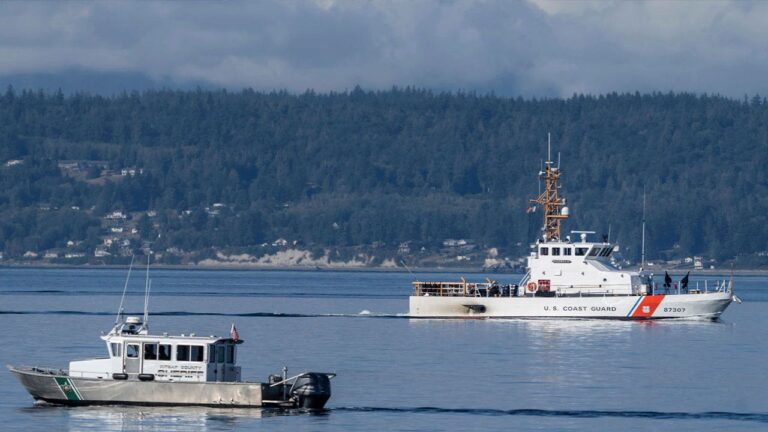Tragedy Strikes: Seaplane Crash Claims 10 Lives in Washington
On September 4, 2022, a harrowing incident unfolded as a seaplane plummeted into Puget Sound, Washington, resulting in the tragic loss of 10 lives. Investigative efforts by the National Transportation Safety Board (NTSB) have shed light on the cause of this heart-wrenching disaster.
The NTSB’s findings reveal that a mechanical glitch in the aircraft’s control system, specifically in a component known as the actuator responsible for maneuvering the plane’s horizontal tail, triggered a catastrophic, unrecoverable descent into Puget Sound’s Mutiny Bay near Whidbey Island.
An astounding 85% of the aircraft was eventually recovered from the ocean floor, several weeks after the devastating crash. NTSB investigators diligently examined the wreckage, uncovering the disconnection of the critical actuator. This malfunction left the pilot with no means of controlling the aircraft. It’s crucial to note that this failure occurred before the crash and not as a result of it.
The aircraft in question was a de Havilland Canada DHC-3 Otter turboprop, operated by Friday Harbor Seaplanes, based in Renton. The flight had been en route from the popular tourist destination of Friday Harbor in the San Juan Islands to the Seattle suburb of Renton when tragedy struck, claiming the lives of the pilot and all nine passengers.
Witness accounts and video footage confirmed that the plane had been flying level before an abrupt climb and subsequent fall.
In response to this sobering incident, Jennifer Homendy, Chair of the NTSB, emphasized, “The Mutiny Bay accident is an incredibly painful reminder that a single point of failure can lead to catastrophe in our skies.”
Weeks after the crash, the NTSB identified the disconnected actuator as the primary cause and urgently recommended that all operators of DHC-3 planes inspect this critical flight control system component. Subsequently, the FAA issued an emergency directive in early November, mandating these inspections.
In its final report, the NTSB advocates for the Federal Aviation Administration and Transport Canada to require operators of these planes to install a secondary locking feature, thus preventing such tragedies in the future.
Friday Harbor Seaplanes did not provide an immediate response to requests for comment.
The victims of this heartrending incident include pilot Jason Winters, Sandy Williams of Spokane, Washington; Ross Mickel, his pregnant wife Lauren Hilty and their child Remy Mickel, of Medina, Washington; Joanne Mera of San Diego; Patricia Hicks of Spokane, Washington; Rebecca and Luke Ludwig, of Excelsior, Minnesota; and Gabrielle Hanna of Seattle.
Lawsuits have been filed by the victims’ families in King County Superior Court, holding Friday Harbor Seaplanes, de Havilland Aircraft of Canada, and Viking Air, the plane’s certificate holder, responsible for the tragic loss. Legal representatives assert that the crash resulted from “an antiquated design with a single point of failure.”
At this time, the companies involved have not responded to requests for comment regarding the lawsuits. Northwest Seaplanes expressed its grief over the crash last year and affirmed its cooperation with the FAA, NTSB, and Coast Guard.

